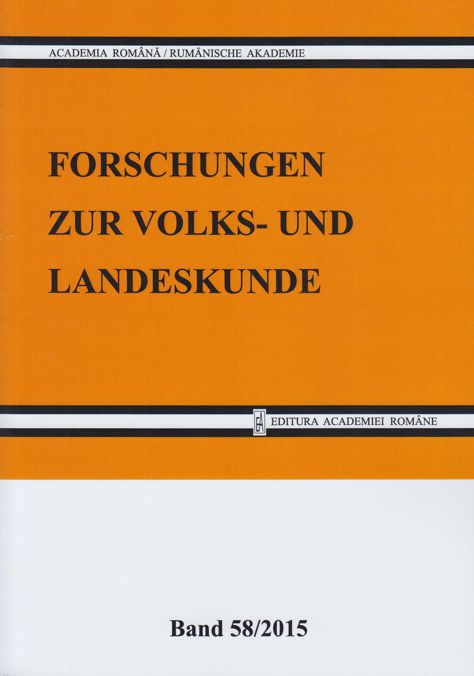Kirchenfund in Karlsburg / Alba Iulia. Die Überreste einer Kirche aus dem 10.-11. Jh. Vorläufige Betrachtungen
The 10th-11th century church uncovered in Alba Iulia. Preliminary considerations
Author(s): Daniela Marcu IstrateSubject(s): Archaeology, Local History / Microhistory, 6th to 12th Centuries
Published by: Editura Academiei Române
Keywords: Medieval church, Byzantine architecture, 9th-11th centuries, Alba Iulia, Transylvania
Summary/Abstract: The subject of this study is the ruined church uncovered in the south-western corner of the Alba Iulia fortress in 2011. The church’s ruins were unexpectedly uncovered during the fortress’ rehabilitation works, in the spring of 2011. The ensuing five-month long archaeological investigation revealed a church with a ground plan in the shape of a Greek cross, consisting of a semicircular apse and a rectangular nave with a central square marked out by four pillars. Historical, architectural and archaeological data imply that the church was built in the context of the diminishing Bulgarian authority and increasing Byzantine influence in the Danube region, towards the middle of the 10th century.The Alba Iulia church has relevant parallels both in the 10th century Byzantine architecture (including analogies for its size) and in the Byzantine one used south of the Danube, in the Bulgarian territories. The current state of knowledge reveals this structure as being the oldest Byzantine style church of which we know off north of the Lower Danube. Taking into account even the actual Byzantine lands, it is one of the very few churches that can be dated in the 10th century. For this reason, it may be an important factor not only when studying the history of Transylvania and Hungary, but also when studying the evolution of the Byzantine architecture.
Journal: Forschungen zur Volks- und Landeskunde
- Issue Year: 2015
- Issue No: 58
- Page Range: 57-86
- Page Count: 30
- Language: German
- Content File-PDF

